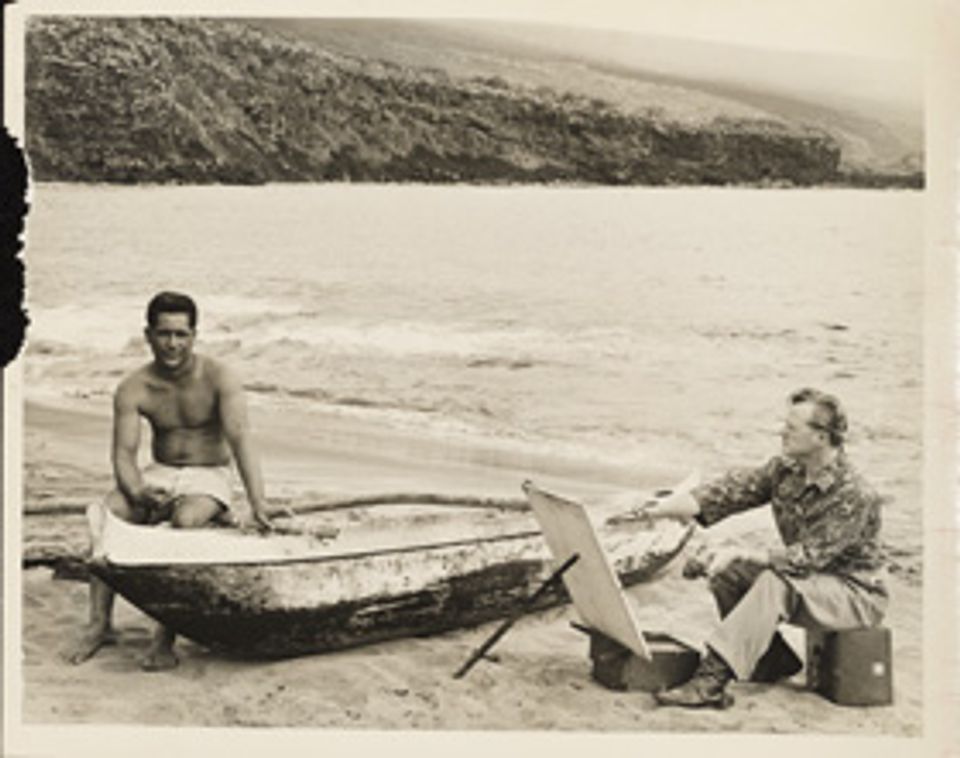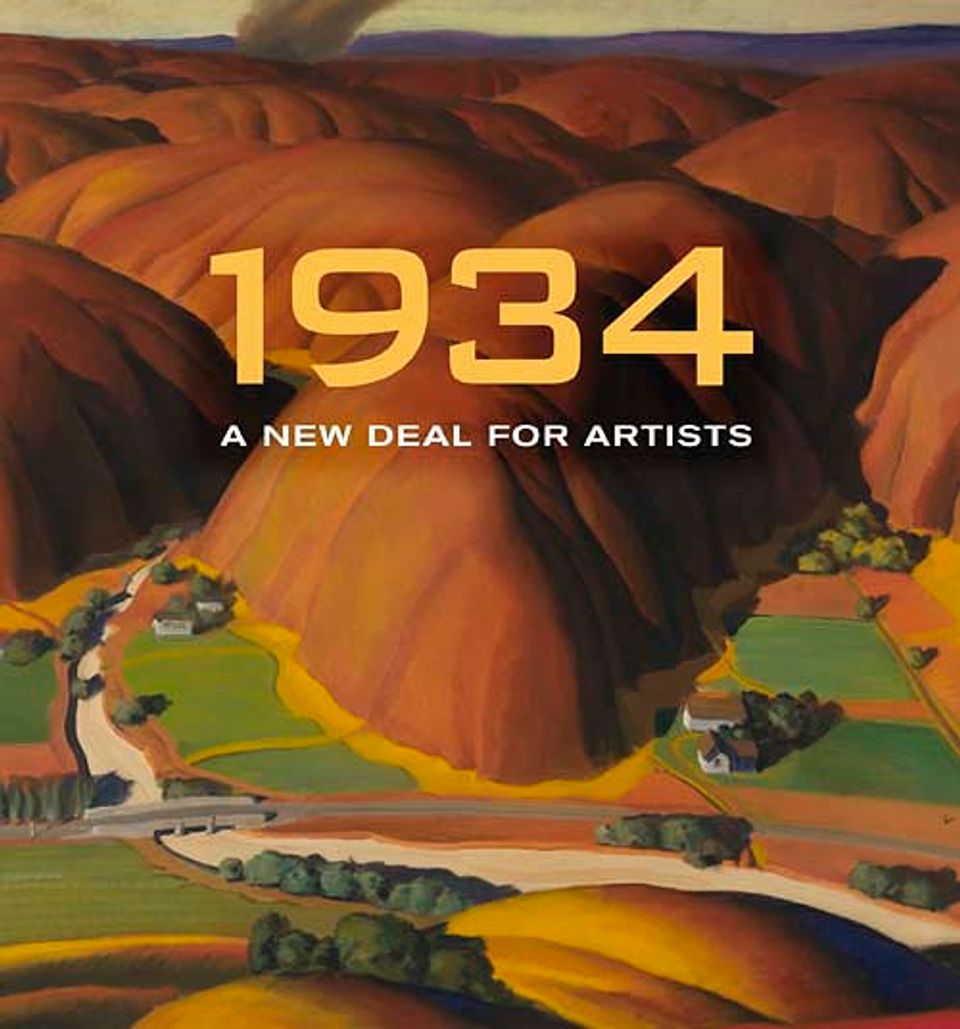Millard Sheets

- Also known as
- Millard Owen Sheets
- Born
- Pomona, California, United States
- Died
- Gualala, California, United States
- Active in
- Los Angeles, California, United States
- Claremont, California, United States
- Biography
Born and lives in California. Painter, etcher, illustrator, designer, who has received numerous prizes for his work.
Charles Sullivan, ed American Beauties: Women in Art and Literature (New York: Henry N. Abrams, Inc., in association with National Museum of American Art, 1993)
- Luce Artist Biography
Millard Sheets studied art in California and became one of the state’s foremost artists and architects during his lifetime. He worked hard to make a name for himself early in his career, and by 1935 he had already shown his work in twenty-seven museums across the country. One critic titled a review of Sheets’s New York debut “A Name to Remember.” Sheets supplemented his income working with architects as a color consultant and designer, and during World War II he worked as an illustrator for Life magazine, traveling to India and Burma. When he returned from the war, he organized an exhibition featuring the work of German and Japanese artists as a gesture of reconciliation. Over the course of his career, Sheets designed numerous buildings, including banks, malls, schools, and private homes. He also produced watercolors, prints, and mosaics while serving as chair of the art department at Scripps College and Claremont Graduate School, and he later directed the Otis Art Institute. (Steadman, Millard Sheets, Scripps College, 1976)














